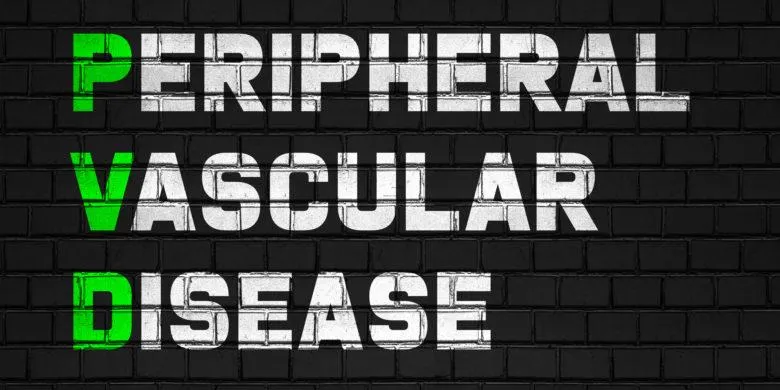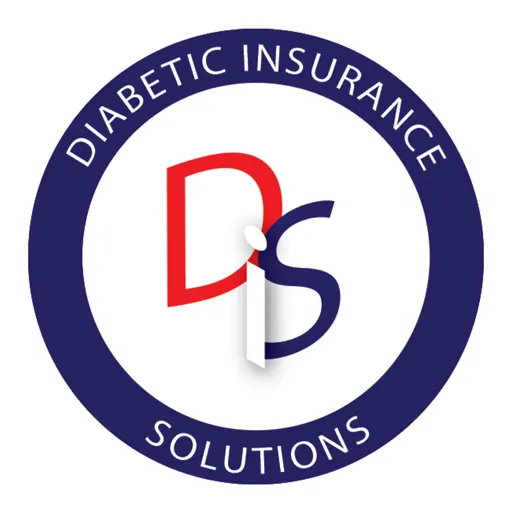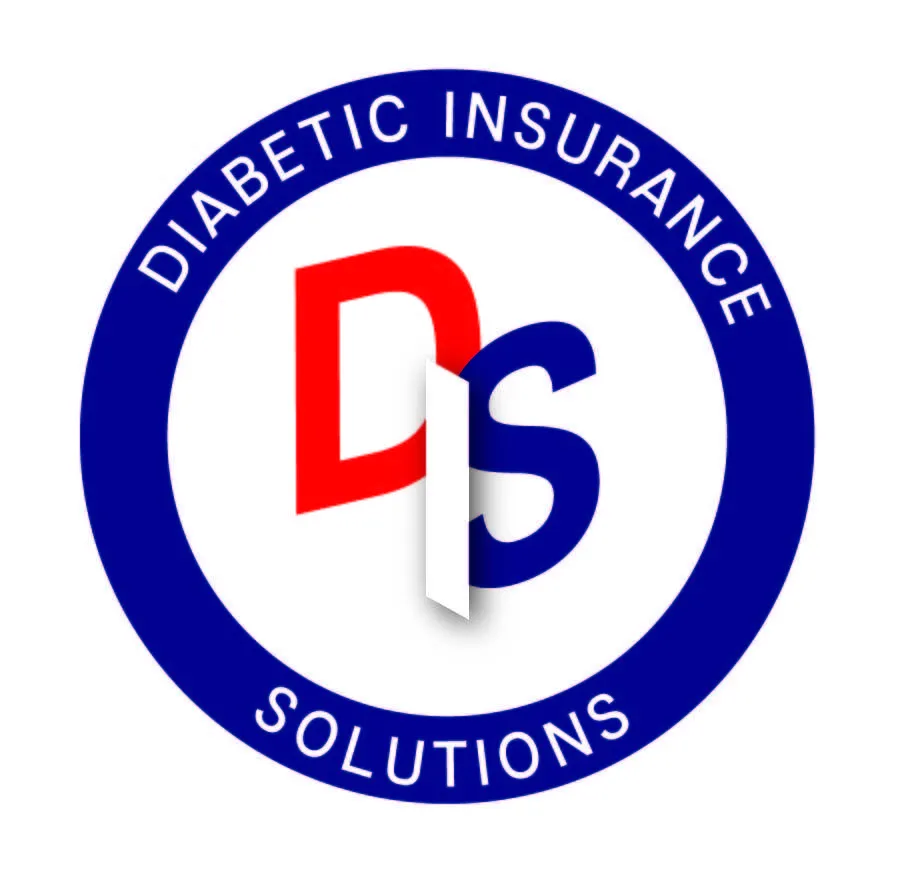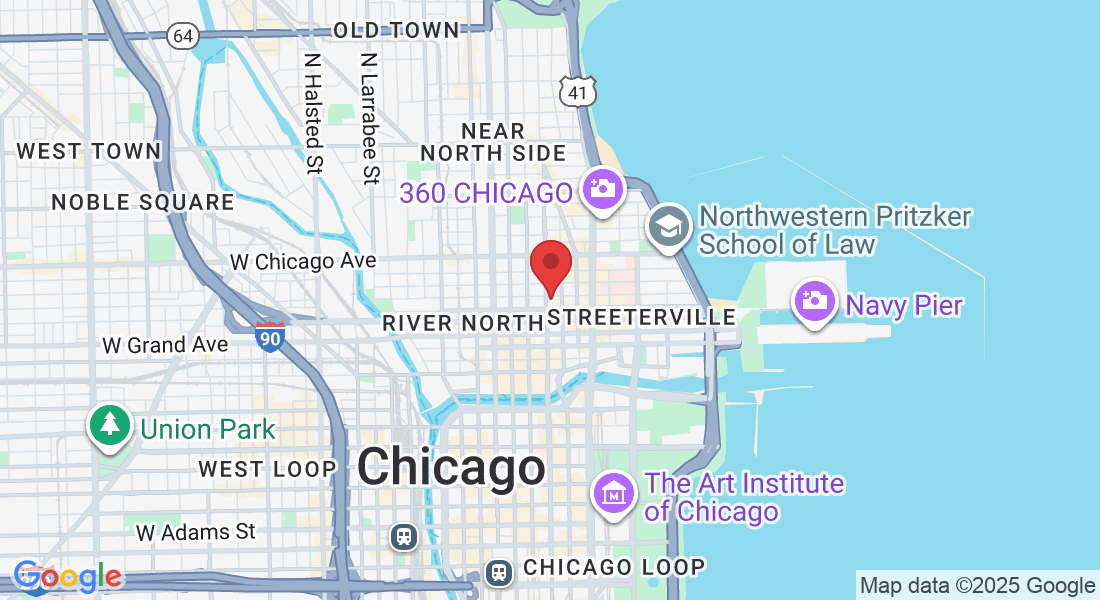
Burial Insurance With PVD or PAD: What To Know
It becomes more crucial to establish a funeral and burial plan as you age. The cost of a funeral and burial are only two examples of the ultimate costs that burial insurance can aid with.
What transpires, however, if you already suffer from a medical ailment, such as peripheral vascular disease (PVD) or peripheral artery disease (PAD)? Can you still purchase funeral insurance?
The good news is that even if you have PVD or PAD, most insurers will still provide coverage. These illnesses are manageable and can be treated with medication and a change in lifestyle.
Continue reading if you’d want to learn more about how this affects your ability to obtain coverage and how much it will cost.
Burial Insurance With PVD or PAD: What is it?
PVD stands for peripheral vascular disease and refers to a group of illnesses that affect blood vessels not connected to the heart or brain. On the other hand, peripheral artery disease (PAD) specifically refers to blockages of the arteries in the legs that make walking difficult or impossible.
A burial insurance policy with PVD or PAD is a type of insurance that aids in paying for your funeral expenses in the event that you pass away. It can be used to assist with funeral, burial, and other associated costs.
This policy will have a monthly premium that needs to be recurrently paid to keep the coverage in effect. There will be a deductible amount in addition to the monthly payments that must be made before benefits are handed out. The benefit amount is normally determined by age, and it can go up as you get older.
Some insurance plans additionally provide extra coverage for burial plots and cremations. You can make sure that your loved ones won’t have to worry about paying for these expenditures if something occurs to you suddenly or unexpectedly by contributing extra money each month to this kind of policy.
By lowering blood pressure, PAD symptoms may be avoided.
Some signs could be:
Leg pain, numbness, tingling, or cramping
Unhealing wounds
Foot, leg, or toe wounds that take a long time to heal
When you move your arms or legs, you experience pain
weakness or discomfort in your fingers, hands, or toes
Why do you need a DiabeticInsuranceSolutions.com policy with PVD or PAD?
Compared to other burial insurance plans, the policy’s premium is reasonable. Additionally, it costs a lot less than a funeral or burial service.
The death benefit is guaranteed, so no matter what happens to inflation or other variables that alter prices over time, you can be sure that it will cover your expenses.
Applying for and purchasing the plan online is simple; all you need is a few minutes and some personal data.
There are three coverage options available: $10,000, $25,000, or $50,000. Additionally, you can provide other advantages like paying for funeral expenses up to $100 and providing an option for an accelerated benefit payment (APO).
If you have questions about your policy or need assistance filing a claim after someone dies away, you will have access to a toll-free number with live representatives who are available around-the-clock.Custom HTML/CSS/JAVASCRIPT
Best insurance policy option if you have a history of PVD
Early-Stage PVD:
A level death benefit plan with first-day coverage might be your best option. The most appropriate type of life insurance for your requirements is instant coverage if you have early-stage peripheral vascular disease (PVD).
When a person dies, a whole life insurance policy instantly begins to pay benefits, and it does so until they are 100 or 105 years old (depending on the carrier).
You must get an instant pay policy as soon as you are told you have early-stage PVD in order to prevent any time between your diagnosis and passing. If you wait too long, you can lose out on thousands of dollars in potential death benefits.
Advanced PVD: If you have the condition and need surgery or other therapies to control your symptoms, life insurance with accelerated benefits might be your best bet.
This kind of insurance pays for your medical costs until a specific age or day after your ailment has been diagnosed.
Once your disease has advanced past this stage, the accelerated benefit comes out as a lump amount so you can pay for any further expenses related to extending your life expectancy.
Advanced-Stage PVD:
The most often used procedures for treating PVD or PAD include:
Angioplasty:
balloon is put into an artery during this surgery to open the channel and increase blood flow through the congested location.
Bypass grafting:
In this procedure, a healthy artery from another area of the body is inserted into the blocked artery in order to go around the obstruction and restore blood flow to the affected area.
Stent implant:
When an artery becomes narrowed as a result of plaque formation or another factor, a stent is inserted inside the artery.
Depending on when you have surgery to address your ailment, you may be eligible for different types of burial insurance.
Surgery was over 24 months now:
The best option for many people is a level death benefit plan, which provides first-day coverage
You’ll have the best price options if you need cardiovascular surgery more than two years from now. For a plan with affordable premiums, get in touch with a burial insurance provider. On day one, you’ll have complete coverage, and you’ll still be able to obtain the surgical procedure down the road if you want it.
Surgery within the next year:
If you’ve had any surgical operations within the last 12 months, you’ll be qualified for a first-day benefit plan. No medical professional would grant this benefit within a year of your treatment, so you may receive it. Your coverage will begin on the first day of this plan, and your death benefit will progressively rise.
What does Burial Insurance with PVD or PAD cover?
Funeral and burial costs: Heart attacks and strokes are just two of the significant health issues that PVD and PAD can lead to. This coverage covers the price of your funeral and burial expenses if you are identified as having PVD or PAD.
Legal costs in the case of litigation: This coverage compensates for your lawyer’s legal costs if someone sues you over injuries brought on by PVD or PAD.
Support for funerals: Funeral expenses are fully covered up to the policy limit. It covers the price of burial, funeral home costs, and body transportation.
Cemetery and headstone/monument expenses: Cemetery charges, such as opening and closing fees, and headstone/monument costs, such as engraving fees (up to $500 per name), are covered up to a maximum of $3,000 by this benefit.
Medical expenses for PVD or PAD treatment, including visits to the doctor and hospital stays: If they pertain to managing PVD or PAD symptoms or indications, they are covered. Prescriptions, physical therapy appointments, and ambulance transports are all included.
How does Burial Insurance With PVD or PAD work?
When the policyholder dies, they will get a sum of money to help with the expense of the funeral and burial services in exchange for paying a premium.
You would get a lump sum payout from PVD if you passed away prior to the end of your term, equal to the quantity of premiums you had paid plus any interest.
If you were to pass away while your policy was in effect, PAD would pay you a lump sum equal to the number of premium payments, less any interest that may have accrued.
Other medical conditions, such as kidney illness, may have a negative impact on the carrier.
What advantages do PVD or PAD have while buying an Diabetic Insurance Solutions policy?
What are the benefits of purchasing an DiabeticInsuranceSolutions.com policy with PVD or PAD?
Select from either an Individual Funeral Plan or an Estate Funeral Plan, both of which may be tailored to your needs by choosing the level of coverage and including extras like pre-need planning.
Choose between an Individual Funeral Plan or an Estate Funeral Plan, which can be customized to fit your needs by selecting the amount of coverage and adding additional features like pre-need planning.
The option to increase your coverage amount at any time, up until the date of death!
They are adding living benefits such as hospice care, home health care, nursing home care, and more. These living benefits allow you to receive reimbursement for medical care during life rather than upon death.
A cash value account where we deposit all premium payments made on time (interest rate guaranteed for life). You can add an optional feature anytime without affecting your current coverage amount or rates!
In addition to being affordable, our burial plans also come with many other benefits, such as:
No medical exam requirement;
No minimum health requirements;
Coverage for pre-planned funerals;
Open enrollment periods;
Optional riders for additional coverage options such as cremation, burial accessories, and more;
Our burial plans are available nationwide, so you can purchase online and over the phone!
What Information Do We Need If You Have a PAD or PVD?
No. For people with peripheral vascular disease (PVD) or peripheral artery disease, burial insurance is available without a medical exam (PAD).
When requesting funeral insurance, there are simply a few straightforward health-related concerns that must be addressed. No medical records or blood or urine samples will be required from you throughout the application process. Typically, the insurance company will offer you a formal clearance in just a few minutes!
Burial Insurance Underwriting With PVD or PAD
What types of data are generally requested by insurance firms throughout the underwriting procedure?
Typically, you’ll be asked about your health and any ailments you may have had in the past or present.
The business will also inquire about your previous use of prescription drugs.
These inquiries assist the business in calculating your risk of contracting specific illnesses like PVD or PAD.
Health Concern:
In order to better understand your needs, the majority of burial insurance providers will enquire about your personal history.
The inquiries will differ from business to business, but some typical ones about peripheral vascular disease (PVD) are as follows:
Have you ever had a peripheral vascular disease diagnosis? And if so, what kind?
Do you exhibit any peripheral vascular disease symptoms? If so, list the signs and how frequently they appear.
Have you ever had peripheral artery disease or peripheral vascular disease?
Have you had surgery before? If yes, when and what were the specifics of the procedure?
Are there any prescription drugs you take for peripheral vascular disease? If yes, kindly include all prescriptions along with their daily dosages.
Although the signs and symptoms of vascular parkinsonism are similar to those of classic forms like symmetrical lower-body Parkinson’s disease, one important distinction is that VPs frequently exhibit normal pyramidal signals.
Check The Prescription history.
In order to make sure you don’t have any preexisting ailments that would prevent them from honouring your policy’s benefits, burial insurance firms will review your prescription history.
The aetiology of your peripheral vascular disease will affect the course of your treatment. The risk of atherosclerosis in the artery can be decreased by medication.
Common medications for PVD or PAD:
Atorvastatin: By inhibiting the HMG-CoA reductase enzyme, which regulates the amount of cholesterol generated in the liver, this medication lowers cholesterol levels in the body.
Aspirin: When used frequently, this drug can aid in preventing blood clots from forming in your legs. It has a minor blood thinning effect.
Clopidogrel: By blocking platelet ADP receptors, this medicine lowers platelet aggregation and prevents blood clots from developing in your heart or brain arteries (located on the surface of platelets).
Cilostazol: This medication improves blood flow by raising levels of the phosphodiesterase III enzyme, which assists in relaxing the artery muscles.
Naftidrofuryl oxalate: By dilating (widening) the arteries in your legs and feet, the medication naftidrofuryl oxalate increases blood flow. Additionally, it lessens platelet aggregation, limiting the development of blood clots in your arteries.
Dipyridamole: By making your heart beat more quickly, this medicine increases blood flow. Additionally, it lessens platelet aggregation, limiting the development of blood clots in your arteries.
Pentoxifylline: This drug widens (dilates) the arteries in your legs and feet, which improves blood flow. Additionally, it lessens platelet aggregation, limiting the development of blood clots in your arteries.Custom HTML/CSS/JAVASCRIPT
What Information Do We Need If You Have a PAD or PVD?
We will ask you a number of health and lifestyle questions pertaining to your peripheral vascular disease in order to identify which firm best suits your needs.
Your answers are crucial since they will enable us to locate the best business for you.
When did you receive your initial diagnosis of peripheral artery or peripheral vascular disease?
What age were you back then?
Have you undergone any procedures to treat peripheral vascular or artery disease? If so, kindly inform me.
Exists a family history of peripheral vascular disease or artery disease?
What level of activity did you have prior to diagnosis, and how has this changed since?
Do you currently have this condition under treatment?
If so, what kind of medical care do you get?
What prescription drugs do you use for peripheral vascular disease or peripheral artery disease?
How frequently do you visit a doctor for peripheral vascular or artery disease?
To provide the best advice for you, we need to be aware of your medical situation. Our chances of locating affordable insurance coverage increase with the amount of information we have.
How much does Burial Insurance with PAD or PVD cost?
A type of life insurance called burial insurance covers the price of a funeral and burial. The price of burial insurance varies from insurer to insurer and is based on your age and desired level of coverage, among other things.
For instance, based on the amount of coverage you want, you can get a burial policy for as little as $1,500 or as much as $100,000. Expect to pay more if you’re in your 20s or 30s than if you are older.
Additionally, your costs will increase if you have a history of illness or fatalities in your family.
Depending on the level of coverage you want, burial insurance might cost anywhere from $2,000 to $10,000 or more annually.
How To Find The Best Burial Insurance With PVD or PAD?
Finding the appropriate coverage for you and your family can be difficult if you have a PVD or PAD. Many consumers may be forced to cover own bills since certain businesses might not even offer this kind of insurance.
You should make sure you have the finest protection if you have a PVD or PAD. It entails locating an insurance provider who will assist you in obtaining what you require at a cost that is reasonable given your financial situation.
Anyone with a peripheral artery disease (PAD) or peripheral vascular disease (PVD) can obtain these coverage attributes from DiabeticInsuranceSolutions.com!
Many persons with peripheral vascular disease (PVD) or peripheral artery disease (PAD) have benefited from our assistance in finding the best burial insurance plans on the market right now.
We are an independent insurance company with a staff of highly qualified specialists and access to the best A+ agencies in the nation. They only provide you premium policy selections, including cutting-edge choices like ultimate expense insurance.
Our team is committed to assisting you in locating the top final expense plan available. Our experts make sure that we discover a good coverage for you that meets your needs and budget, regardless of whether you have a health concern or not.
We take pleasure in our comprehensive understanding of the underwriting requirements and premiums of the best burial and final expense insurance providers.
No matter your medical history or any current ailments, with only a little bit of information from you, we can decide which company will provide the best insurance plan.
Therefore, don’t be hesitant to get in touch with us; we’re here to assist you in locating the coverage you require at the lowest cost.
Final Thought
A excellent approach to guarantee that your loved ones will be taken care of after death is with burial insurance with PVD or PAD. This kind of insurance is less expensive than conventional life insurance policies and can assist pay for your burial or cremation expenses.
Apply online now to receive a free quote and discover the most affordable prices.



